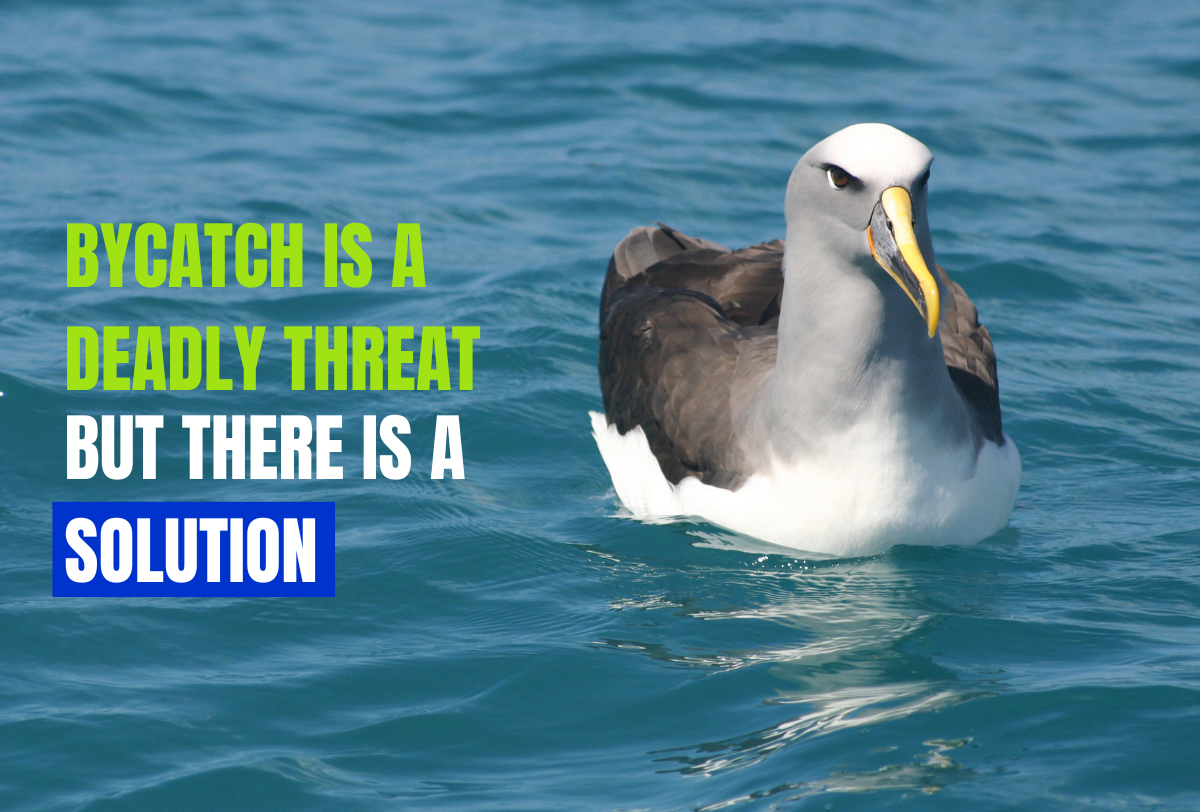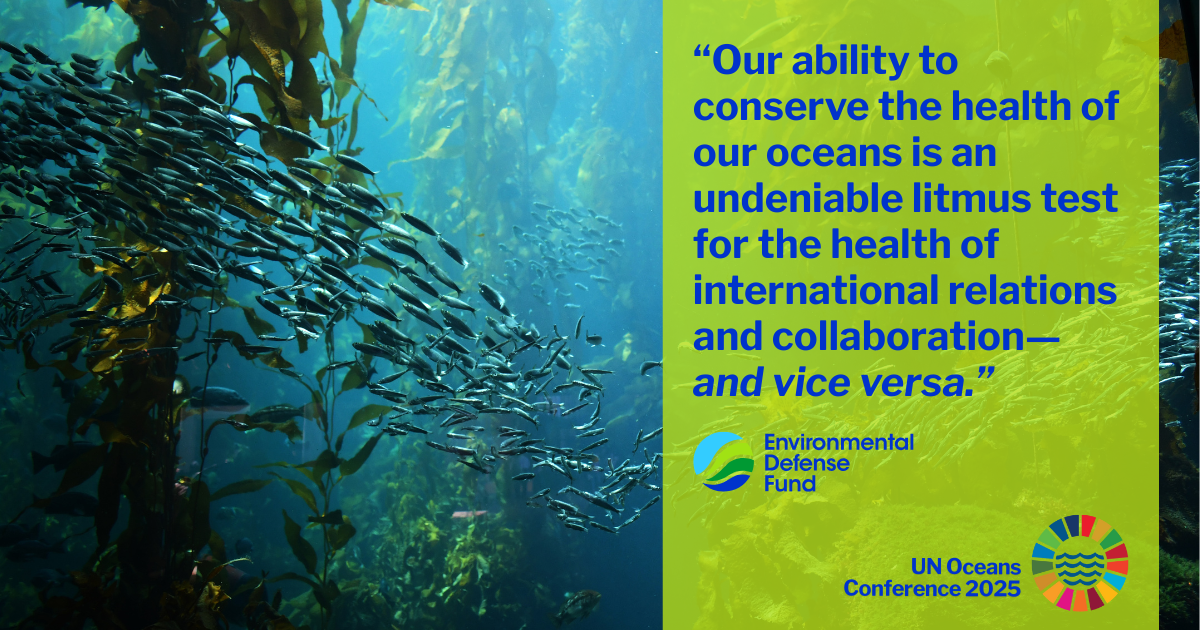Wisconsin Great Lakes ITQ Program: Stability and Profitability in a Changing Ecosystem

When you think about catch shares, do you imagine marine fisheries? While catch shares are generally used in the salty world of the ocean, there are actually a number of catch share programs in freshwater lake fisheries as well. In fact, the United States’ oldest catch shares occur in the Great Lakes!
In 1971, in response to concerns about stock sustainability and increasing conflicts between user groups, the state of Wisconsin developed a catch share for the Lake Superior commercial lake trout fishery.1 Following the success of this program, and in response to shorter and shorter seasons, managers expanded the Wisconsin catch share program to fisheries on Lake Michigan. Chub and yellow perch came under a catch share in 1983, and rainbow smelt, lake whitefish and round whitefish were added in 1989.2 Fishermen and managers agree that the catch share program has successfully maintained stable and profitable commercial fisheries in the Wisconsin waters of the Great Lakes.
“ITQs [Individual Transferable Quotas] allow you to make business decisions, and feel confident in those decisions; in general, the fishery is more professional.”3
– Charlie Henriksen, President
Wisconsin Commercial Fishermen’s Association and Lake Michigan whitefish fisherman
A Declining Ecosystem
The Wisconsin waters of the Great Lakes have supported fishing operation since the 1800s, fishing operations that led to significant decline in stocks in the early and mid-1900s. While fishing effort and harvests have been stabilized with more effective management, other factors continue to contribute to changes in the lakes’ ecosystems. Wetlands degradation, invasive species and pollution all threaten the health of the lakes and fish stocks that live in them. Development of coastal lands has contributed to extensive reduction of coastal wetlands on Lake Michigan.4
The remaining wetlands provide vital habitat for fish stocks that contributes to fish health and productivity, and these are threatened by dredging and nutrient runoff. Invasive species are also a threat to the Lake Michigan and Lake Superior ecosystems. By 1999, new species were being introduced to Lake Michigan at a rate of one per year.5 Species such as sea lampreys, zebra mussels and quagga mussels negatively impact fish stocks through predation and resource competition.
Efforts are under way to remove or mitigate the effects of these ecosystem threats, but they continue to have lasting impacts on the productivity of fish stocks, which can be seen in the declining harvests in the commercial fisheries for yellow perch, chubs, and rainbow smelt.
Stable and Profitable Fisheries Under Catch Shares
Despite these ecosystem threats, the Wisconsin catch share fisheries currently supports 56 commercial fishermen on Lake Michigan and ten on Lake Superior.6, 7 From 1989 to 2007 the annual average value of landings on Lake Michigan was over $5 million.8 Catch shares have decreased user conflicts and provided fishermen the flexibility needed to meet market demands and adjust to changes in environmental and stock conditions.9, 10
Michigan’s traditionally managed fishery provides an informative contrast to Wisconsin’s ITQ in Lake Michigan waters. Under ITQs, Wisconsin fishermen have received higher prices than Michigan’s fishermen for four of the five shared fish stocks that both states manage.11 Furthermore, while Wisconsin’s Lake Michigan commercial lake whitefish landings have traditionally been lower than Michigan’s landings, they have been far more stable, especially compared to the significant decline experienced in Michigan’s harvests during the mid-1990s.
Yellow perch, smelt, and lake whitefish on Lake Michigan are also caught by the recreational sector. Catch shares have helped balance access and harvest between the sectors resulting in an economically viable commercial fishery and an active recreational fishery.12 Recreational fishermen have voiced some concerns over commercial fishing, mainly focused on gear use. Commercial fishermen set gillnets or trap nets and leave them submerged and potentially limiting recreational access to these fishing grounds. Furthermore, some recreationally important species like salmon tend to school around the submerged commercial gear, making these prime locations for recreational fishing. While tension still exists, access and harvest issues have been largely addressed through the use of the catch share.
Lessons Learned
The Wisconsin catch share system also provides lessons to fishery managers nationwide. When the program was first implemented, discards and illegal harvesting of certain species initially increased as a result of insufficient monitoring and catch accounting systems.13,14 Due to changes in monitoring and accounting and industry stabilization, the problems have been remedied. Current participants now report few, if any, problems and are now invested in the program and have little incentive to risk future benefits through illegal harvesting.15
Ineffective management of other sectors targeting the same species, such as the case with Michigan’s commercial fishery, can adversely impact the Wisconsin program due to overall stock impacts. Expanding the catch share program or developing more accountable management approaches for the other sources of mortality would benefit all Great Lakes fish stocks.
Fisheries around the world face considerable environmental challenges including climate change, coastal development, pollution, and invasive species. In the Great Lakes, an ecosystem experiencing many threats, the Wisconsin catch shares program has stabilized the commercial industry and provided fishermen the ability to maintain sustainable, profitable businesses.
Sources:
- Anderson, T. L. & Leal, D. R. (1993). Fishing for Property Rights to Fish. In Taking the Environment Seriously. R. Meiners and B. Yandle (eds). Rowman & Littlefield Publishers, Inc.
- Anderson and Leal, 1993
- Allen, R. (n.d.). IFQ Program Summary Series No. 4: Wisconsin – Great Lakes. Retrieved April, 2010, from www.lobsterconservation.com/greatlakes
- Dettmers, J. M., Madenjian, C. P., Allen, P. J., Pothoven, S. A. & Nalepa, T. F. (2008). Impacts of Recent Invasive Species on Nearshore Fishes. In D.F. Clapp and W. Horns (eds.), The state of Lake Michigan in 2005. Great Lakes Fish. Comm. Spec. Pub. 08-02. pp. 19-26.
- Rutherford, E. S. (2008). Lake Michigan’s Tributary and Nearshore Fish Habitats. In D.F. Clapp and W. Horns (eds.), The state of Lake Michigan in 2005. Great Lakes Fish. Comm. Spec. Pub. 08-02. pp. 7-18.
- Allen Blizel. (2010). Telephone interview. Commercial and Charter Fishing Specialist, Wisconsin Deptartment of Natural Resources
- Frank, M. (2008). Correspondence/Memorandum: Briefing on Wisconsin Commercial Fisheries and their Management. Natural Resources Board, State of Wisconsin.
- Based on USGS Commercial Fishing Reports, 1989-2007
- Charlie Henriksen. (2010). Telephone interview. President of the Wisconsin Commercial Fishermen’s Association and Lake Michigan whitefish fisherman
- Allen Blizel. (2010). Telephone interview. Commercial and Charter Fishing Specialist, Wisconsin Department of Natural Resources
- Based on USGS Commercial Fishing Reports, 1989-2007
- Frank, M. (2009). Correspondence/Memorandum: Adoption of NRB Order FH-21-08, pertaining to Great Lakes commercial fishing. Natural Resources Board, State of Wisconsin.
- Allen Blizel, 2010
- Anderson and Leal, 1993
- William Horns. (2010). Telephone interview. Great Lakes Fisheries Coordinator
Never miss a post! Subscribe to EDFish via a email or a feed reader.












